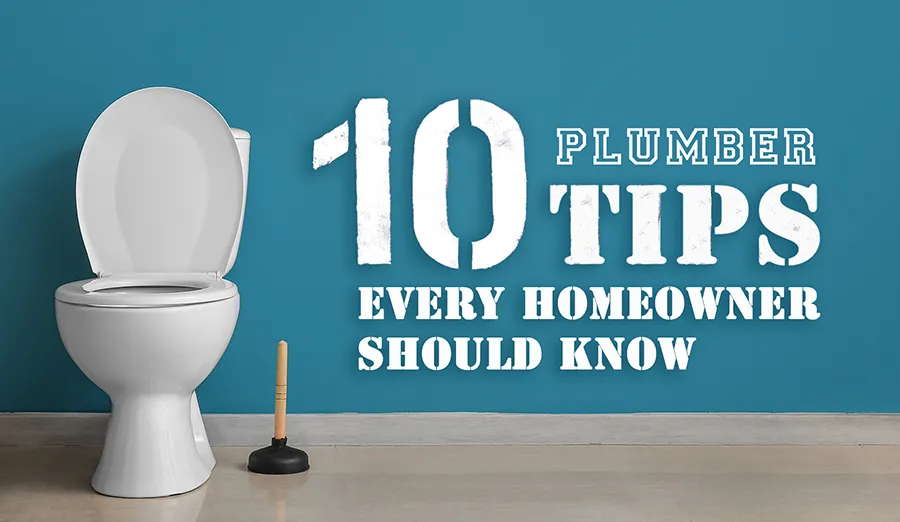Plumbing is a critical part of home maintenance, and understanding the basics can save homeowners time, money, and stress. Whether you’re dealing with a leaky faucet or looking to prevent major plumbing issues, these tips will help you keep your home’s plumbing system in top shape.
1. Know Your Main Water Shut-Off Valve
The first step in handling plumbing emergencies is knowing where your main water shut-off valve is located. For homeowners, understanding this plumbing tips is crucial. In case of a major leak, shutting off the water supply can prevent significant water damage.
Quick Tip:
- Look for the valve near the water meter or where the main water line enters your home.
2. Check for Leaks Regularly
Small leaks can lead to big problems if left unaddressed. Regularly inspect faucets, pipes, and appliances for signs of leaks.
Signs of a Leak:
- Dripping sounds
- Water stains on ceilings or walls
- Increased water bills
3. Prevent Clogged Drains
Clogged drains are one of the most common plumbing issues. Prevent clogs by being mindful of what goes down your drains.
Tips to Avoid Clogs:
- Use drain screens to catch hair and debris.
- Avoid pouring grease or oil down the sink.
- Flush drains monthly with a mixture of baking soda and vinegar.
| Problem | Prevention Tip |
|---|---|
| Hair in shower | Use a drain cover |
| Grease in kitchen | Dispose of in a sealed container |
| Food scraps | Use a garbage disposal carefully |
4. Understand Your Home’s Water Pressure
High water pressure can damage pipes and appliances, while low pressure can be frustrating. Use a water pressure gauge to check your home’s pressure.
Ideal Water Pressure:
- 40-60 psi (pounds per square inch)
5. Insulate Pipes During Winter
Frozen pipes can burst and cause extensive damage. Insulating pipes is a simple way to prevent this.
How to Insulate Pipes:
- Use foam pipe insulation from a hardware store.
- Focus on pipes in unheated areas like basements and attics.
- Let faucets drip during freezing weather to prevent freezing.
6. Learn Basic Toilet Repairs
Toilets are a common source of plumbing issues. Knowing how to handle basic repairs can save you a call to the plumber.
DIY Fixes:
- Replace a faulty flapper to stop a running toilet.
- Use a plunger to clear minor clogs.
- Tighten or replace loose toilet bolts to stop leaks.
7. Maintain Your Water Heater
A well-maintained water heater is essential for hot water and energy efficiency. Regular maintenance can extend its lifespan.
Maintenance Tips:
- Flush the tank annually to remove sediment buildup.
- Check the temperature setting (ideal: 120°F).
- Inspect the anode rod every 2-3 years and replace if needed.
8. Invest in Quality Fixtures
Cheap plumbing fixtures may save money upfront but often lead to frequent repairs and replacements. Invest in high-quality fixtures for long-term savings.
Recommendations:
- Opt for brass or stainless steel fittings.
- Look for fixtures with a warranty.
- Choose water-efficient models to reduce utility bills.
9. Know When to Call a Professional
While DIY repairs can save money, some plumbing issues require professional expertise. Don’t hesitate to call a plumber for complex problems.
When to Call a Plumber:
- Persistent leaks or clogs
- Low water pressure throughout the house
- Sewer line issues or foul odors
10. Keep a Plumbing Toolkit
Having basic tools on hand can help you tackle minor plumbing issues quickly.
Essential Tools:
- Plunger
- Pipe wrench
- Adjustable wrench
- Plumber’s tape
- Drain snake
By following these plumbing tips, homeowners can handle minor issues, prevent costly repairs, and maintain a healthy plumbing system. Whether you’re a DIY enthusiast or a beginner, these practical strategies will help you stay ahead of plumbing problems and keep your home running smoothly.










